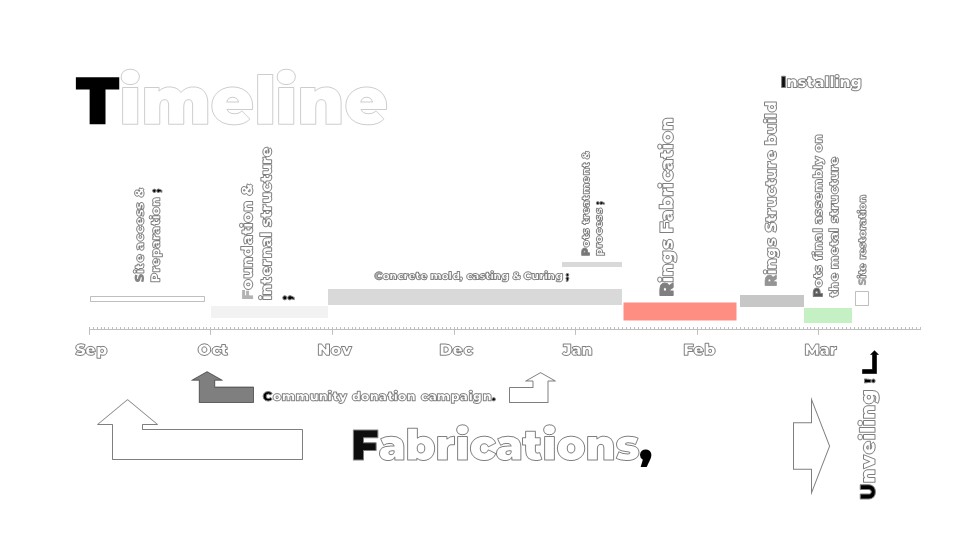Djembe, pronounced “jem-bay” an interactive public art installation by George Sabra, stands next to the O. Henry Museum at Brush Square in downtown Austin.
Commissioned by the City of Austin, it symbolizes the heart and rhythm of the community, inviting all to participate in a living musical experience that reflects Austin's vibrant music culture.
The project will begin soon, with official announcements starting in early November 2025.
read more
Donate to the Djembe Public Art Project
We’re collecting stainless steel cooking pots, pans, and strainers to become part of the Djembe public art sculpture — a community piece celebrating unity and rhythm.
Drop-off Guidelines:
Accepted items:
used stainless-steel pots, pans, strainers, and wooden spoons
No plastic or non-stick parts Please wash items before donating You
Please wash all items before donating
may include a short note or story about your item
Choosing the Right Stainless Steel: We’re looking for 304 stainless steel (18% chromium, 8–10% nickel) because it resists rust and lasts outdoors.
Try this simple magnet test:
If the magnet sticks firmly, it’s not the right kind.
If the magnet barely sticks or falls off, that’s the good kind to donate.
Drop-Off Locations: Find an official drop-off partner here
For large donations:
Call 512-845-9155 or
email team@djembepublicart.com




your support makes a lasting impact on our art, culture, and community.
We sincerely appreciate your generous in-kind donation of storage shed to our project. Thank you, Gabriel, for your valued support.
.png)